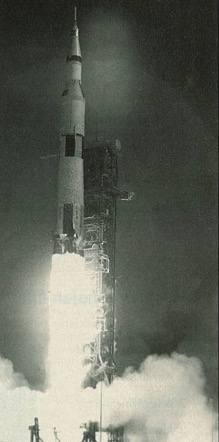By SUSAN HERREL
Timothy Leary and Gene Roddenberry were scheduled to blast into space in mid-February. Leary, the ’60s guru, died in June, and Roddenberry, the creator of “Star Trek,” died in 1991, but a small portion of their cremated remains were to be included in a planned rocket launch to release their ashes and those of 23 other people into Earth orbit.
They are part of a trend in the American funeral industry that favors cremation and other alternatives over traditional burial.
The Cremation Association of North America reports that cremations have increased for the last 10 years. Jack Springer, executive director, estimates that by the year 2010 nearly 40 percent of all deaths in America will result in cremation. Illinois state has one of the highest percentages for cremations, Springer said.
Much of the change in funeral tradition is being attributed to baby boomers–a name given to the generation of large numbers of babies born in America in the period immediately after World War II. As boomers approach their life expectancy, more changes in the funeral industry are being anticipated by funeral directors and industry analysts. Boomers have left their mark on almost every field. The funeral industry is responding to boomer buying trends.
Bonney Kelley, president of Kelley & Sons Burial Vault, said cremations are much more accepted now than in the past. As more people decide on cremations, they are often confused about what traditions to maintain and which to adapt to their own desires. “I call it ‘tradition in transition.’ People just don’t know what to do with the ashes, and those of us in the industry are trying to help them identify how they can cope,” Kelley said.
Gary Gartner’s Houston-based company, Celestis, was scheduled to send small portions of 25 people’s cremated remains into orbit. Gartner said he expected people in the space industry, pilots and environmental enthusiasts, to be interested in his services. But he was surprised by his diverse clientele. “Timothy Leary himself called me days before he died and made the arrangements,” he said. The cost of this everlasting space voyage was us$4,800–1.7 lakh rupees.
Other companies specialize in burials at sea. One firm will scatter a loved one’s remains over any chosen city from a hot air balloon, from Paris to San Francisco. Other specialty items becoming more popular due to cremations are small keepsake urns that families can give to family members and jewelry lockets of the ashes.
“Marketing is a new word to our profession,” said Bruce Conley, a funeral director. “What we see in the funeral service industry is a reflection of what is happening in other industries.” Conley said he has adapted to fit the needs of clients and has developed a web page. He said he is not unique in the industry. He has also delved into the “after-care market,” providing a grief support group and hospice programs.
By Susan Herrel, The champaign news gazette (AP)


